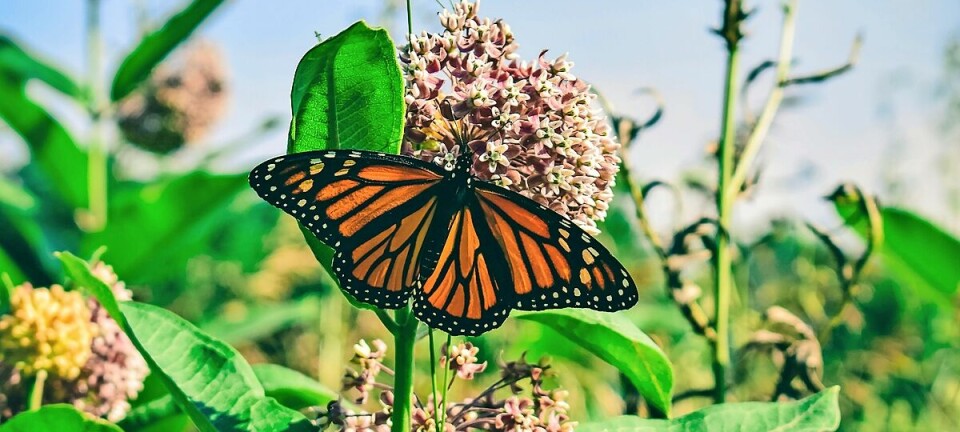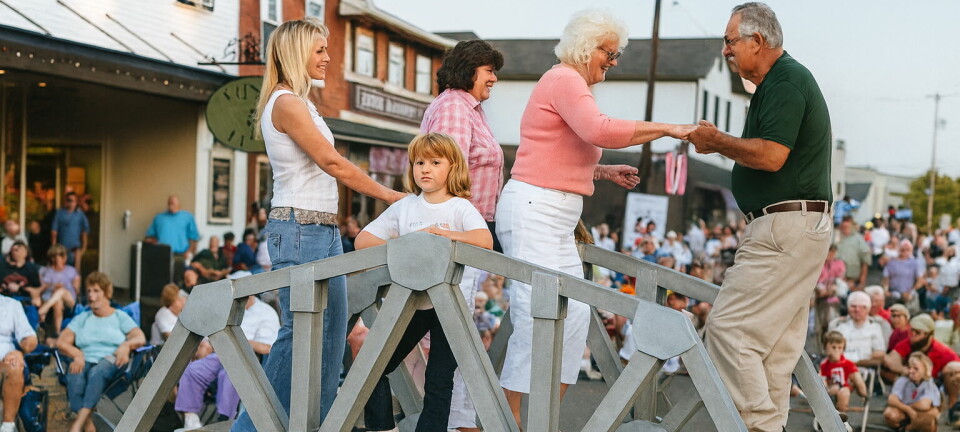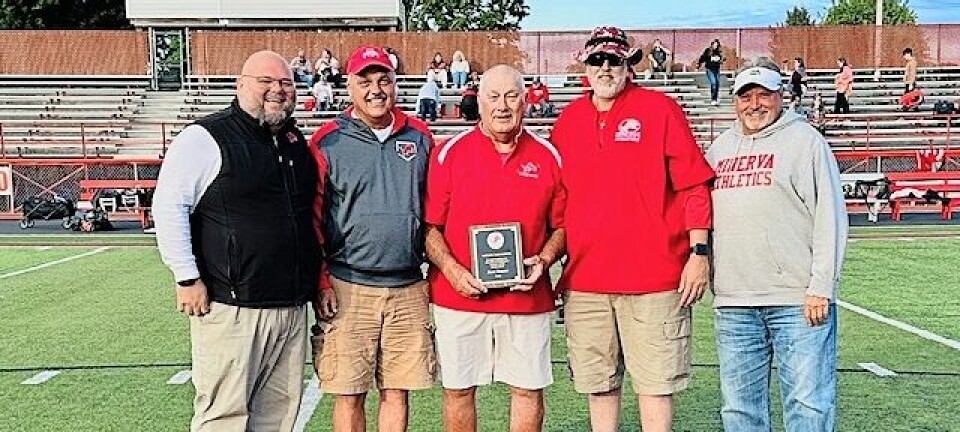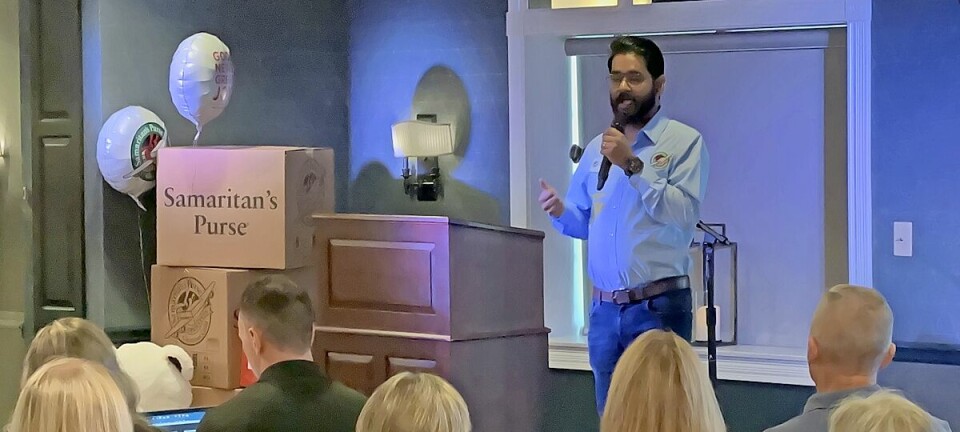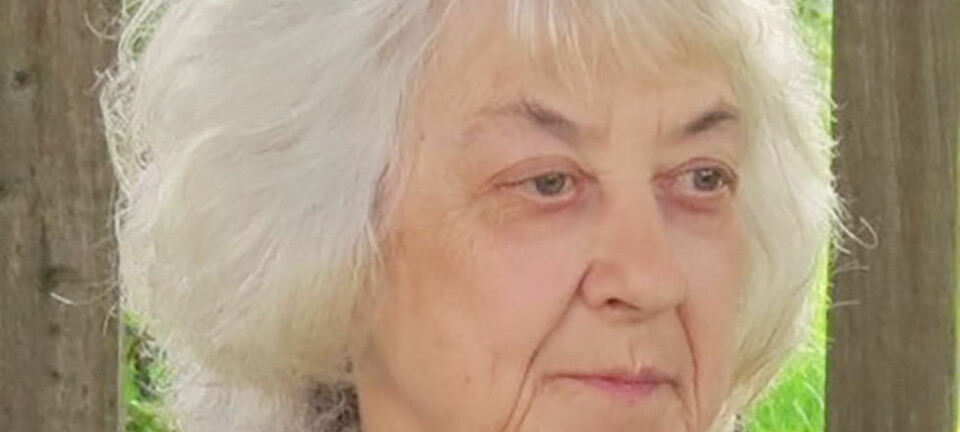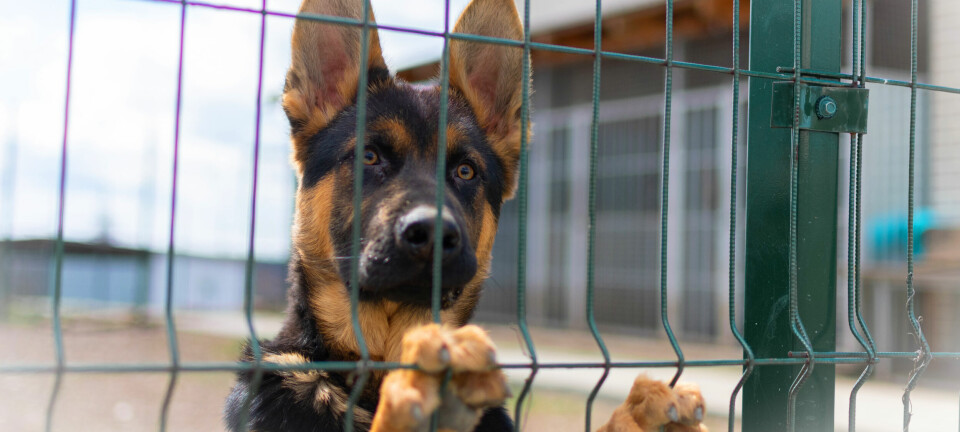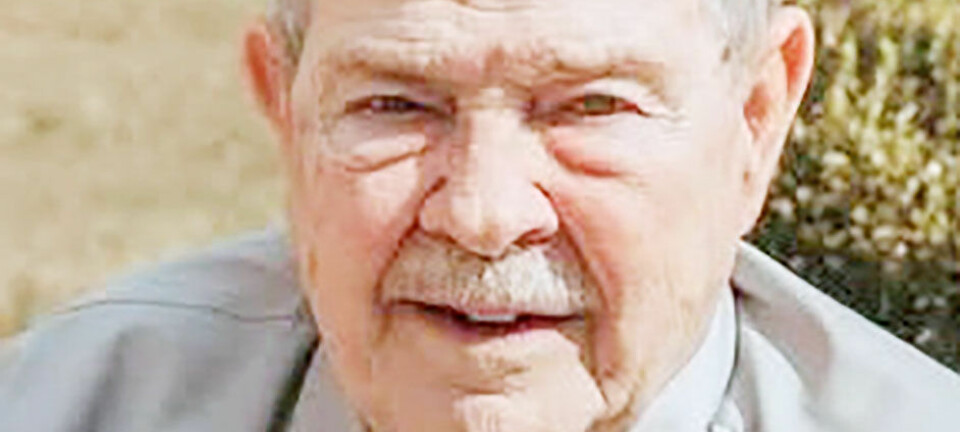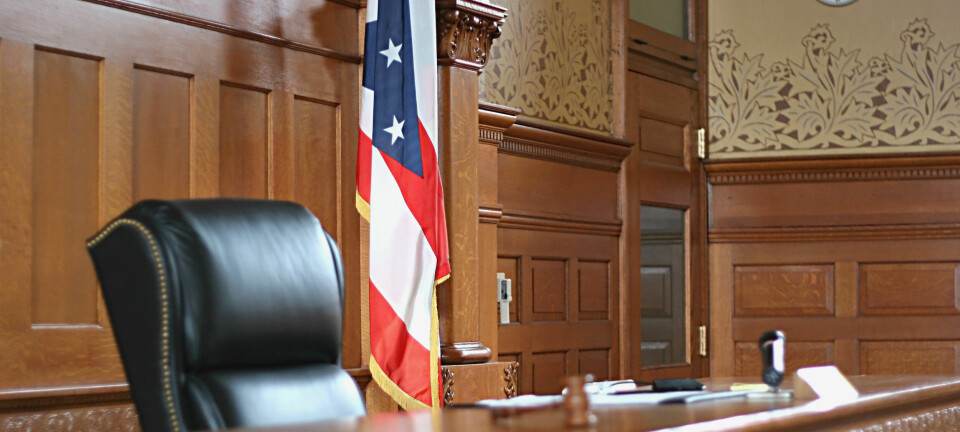Claymont Science Club students plant a Moon Tree
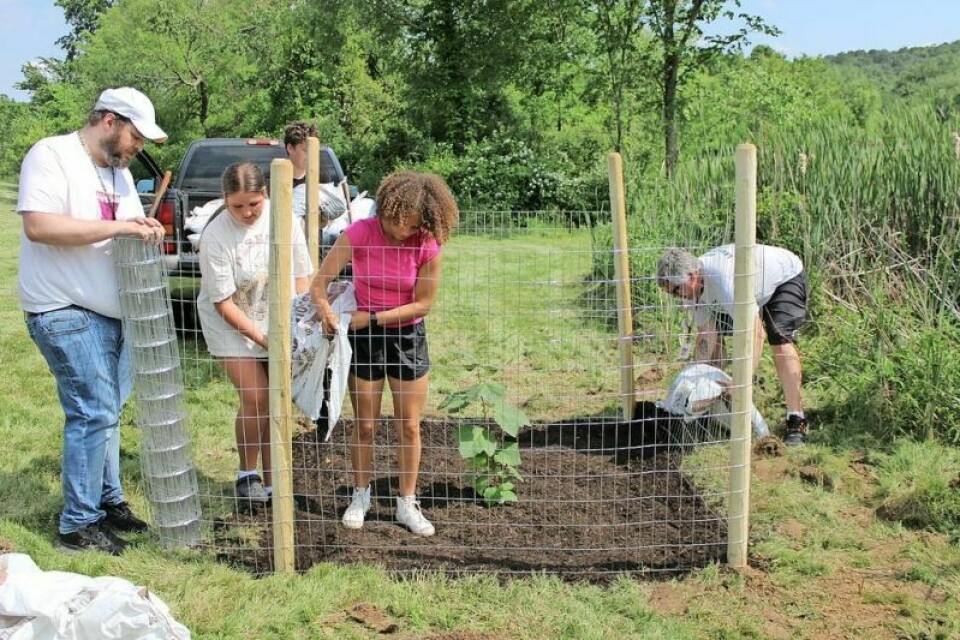
One small step for the Claymont High School Science Club members, one giant leap for Moon Tree research. When Claymont students recently planted their Moon Tree, they were participating in a project that had its origins in 1971.
Moon Trees are not actually grown on the Moon, but they have a long history. Stuart Roosa, a former smokejumper with the U.S. Forest Service, was the command module pilot for the Apollo 14 mission. Roosa was given approval to take tree seeds into space as a tribute to the Forest Service.
The purpose of sending these seeds into space was to study how their exposure to microgravity and space conditions would affect their growth back on Earth. The seeds orbited the moon 34 times in the command module named Kitty Hawk.
Despite a mishap when the seed canister burst during decontamination, the Forest Service took charge of the seeds and began growing them. Many of these original Moon Trees were planted in 1976. They were placed in prominent national landmarks, state capitols, university campuses and other significant sites.
This first study found the seeds’ exposure to space conditions did not significantly alter their growth or appearance.
An updated Moon Tree project began in 2022 when the Artemis I spacecraft took its first test flight and carried more tree seeds onboard. These were then planted by the Forest Service, and applications were taken from organizations that wanted to help in Moon Tree research.
The Claymont Science Club applied to be issued a Moon Tree in August 2023. After an extensive review of more than 1,300 applications conducted jointly by the NASA Office of STEM Engagement and the U.S. Forest Service, the combined education impact statement and tree care plan submitted by the Claymont High School Science Club distinguished the group’s application as a top candidate. As a result a Moon Tree is now calling Uhrichsville home.
“The tree assigned to our location was grown from a sycamore seed that flew aboard the Artemis I test flight in 2022. The seed traveled 268,563 miles, farther than any spacecraft made for humans has ever gone during a 25 1/2 day journey beyond the Moon and back. Artemis I was the first in a series of increasingly complex missions that will enable human exploration at the Moon and future missions to Mars,” said Ian Meiser, a science teacher at Claymont.
He also teaches chemistry, enriched chemistry and PLTW introduction to engineering design.
Students helped plant the tree on the Claymont High School campus, and Meiser will ensure it is sufficiently watered over summer break. They are already learning. The first location the Moon Tree was planted was found to have insufficient drainage after a heavy rain.
The members of the science club will track the Moon Tree’s progress as it grows for years to come, monitoring trunk circumference in inches and the height of the tree in feet.
“The Moon Tree Project will be used to foster STEM engagement, promote citizen science, enhance data literacy and provide meaningful learning experiences,” Meiser said. “Since we just received the Moon Tree, the most interesting part for students has been the back story of where the seed that grew into our tree had been before it got to us.”
The Moon Tree Project serves as a reminder of humanity’s journey to space and the connections between space exploration and various aspects of life on Earth such as environmental conservation and natural resources. Overall, the Moon Tree will serve as a catalyst for learning, collaboration and community enrichment, fostering a lasting connection between different groups and promoting a shared vision of progress and unity. And it all started with a tiny seed.

